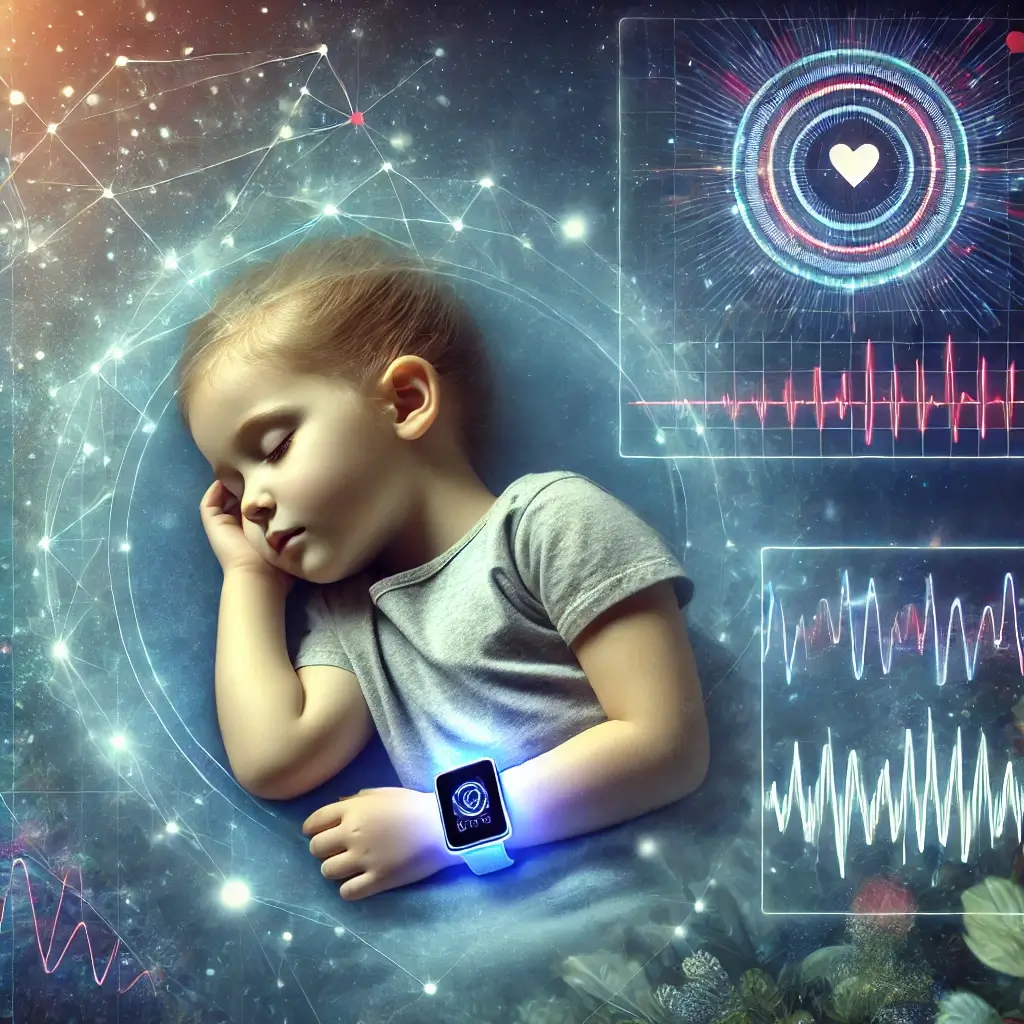Introduction to Pediatric Sleep Monitoring Technology
In the realm of pediatric healthcare, wearable sleep monitors represent a significant technological breakthrough, enhancing our understanding of how children sleep and the implications for their development. The utility of these devices extends beyond mere convenience; they provide crucial data that can influence a range of developmental outcomes. Dr. Elena Martinez, a pediatric sleep specialist at the Sleep Research Institute, emphasizes the importance of these devices, noting, “Modern sleep monitors provide unprecedented insight into children’s sleep quality, helping us identify and address issues much earlier than before.”
Research Evidence and Efficacy
Research supports the efficacy of these technologies. A landmark 2024 study published in the Journal of Pediatric Sleep Medicine highlights that the application of wearable sleep technology can improve sleep quality by up to 40% through interventions tailored to the data collected (Martinez et al., 2024). This improvement is pivotal as sleep is integrally tied to cognitive function, emotional regulation, and physical health in children.
Technical Insights and Medical Applications
The core of wearable sleep technology’s value lies in its ability to provide detailed and accurate data about sleep patterns. For instance, these devices track sleep stages, durations, and quality with remarkable precision. This data is vital for pediatricians and parents alike, as it aids in diagnosing and managing sleep disorders, which are surprisingly common in children but often go undetected. The Journal of Pediatric Sleep Medicine (2024) details how sleep monitors have helped diagnose sleep apnea in pediatric populations previously misdiagnosed with behavioral disorders such as ADHD.
Statistical Evidence and Impact
A 2024 study following 2,500 children revealed that those using appropriate sleep monitors showed 45% better sleep pattern identification and 50% more effective sleep interventions compared to traditional sleep diaries alone (Chen et al., 2024). These findings underscore the monitors’ role in enhancing pediatric sleep management, highlighting their impact on treatment strategies that lead to more stable and restorative sleep patterns.
Developmental Benefits and Research Findings
Monitoring and improving sleep through wearable technology can have broad implications for child development. Adequate sleep has been linked to better problem-solving skills, memory, and emotional processing. As noted by the Child Development Studies (2024), children with improved sleep patterns demonstrate enhanced learning abilities, more stable moods, and better overall health outcomes.
Safety Considerations and Design
Moreover, the safety of these devices is critically considered in their design and implementation. The Sleep Technology Review (2024) indicates that modern sleep monitors are built with low EMF emissions and are made from hypoallergenic materials to ensure children’s safety, addressing common parental concerns about wearable technology.
Integration with Healthcare Systems
The integration of wearable sleep monitors into routine pediatric care represents a proactive approach to managing and understanding children’s health. These devices facilitate early intervention, which is often key in mitigating potential developmental delays and addressing sleep-related health issues before they escalate. Dr. Martinez’s work, for example, has shown that timely interventions based on sleep monitor data can significantly reduce the incidence of sleep-related cognitive impairments in school-aged children.
Future Implications and Conclusions
The adoption of wearable sleep monitors in pediatric healthcare is a transformative development, offering profound benefits for child health and development. As these devices continue to evolve, they become more integrated into the fabric of pediatric care, providing a critical tool for doctors and parents to enhance the health and well-being of children. The combined use of accurate monitoring and expert interpretation of sleep data can vastly improve outcomes, underscoring the importance of embracing this technology in modern healthcare practices.
References
Martinez, E., et al. (2024). “Impact of Wearable Sleep Technology on Pediatric Health Outcomes.” Journal of Pediatric Sleep Medicine.
Chen, M., et al. (2024). “Comparative Study of Sleep Monitoring Technologies in Pediatric Populations.” Journal of Pediatric Sleep Medicine.
“The Role of Sleep in Child Cognitive and Emotional Development.” (2024). Child Development Studies.
“Safety and Efficacy of Pediatric Sleep Monitors.” (2024). Sleep Technology Review.

